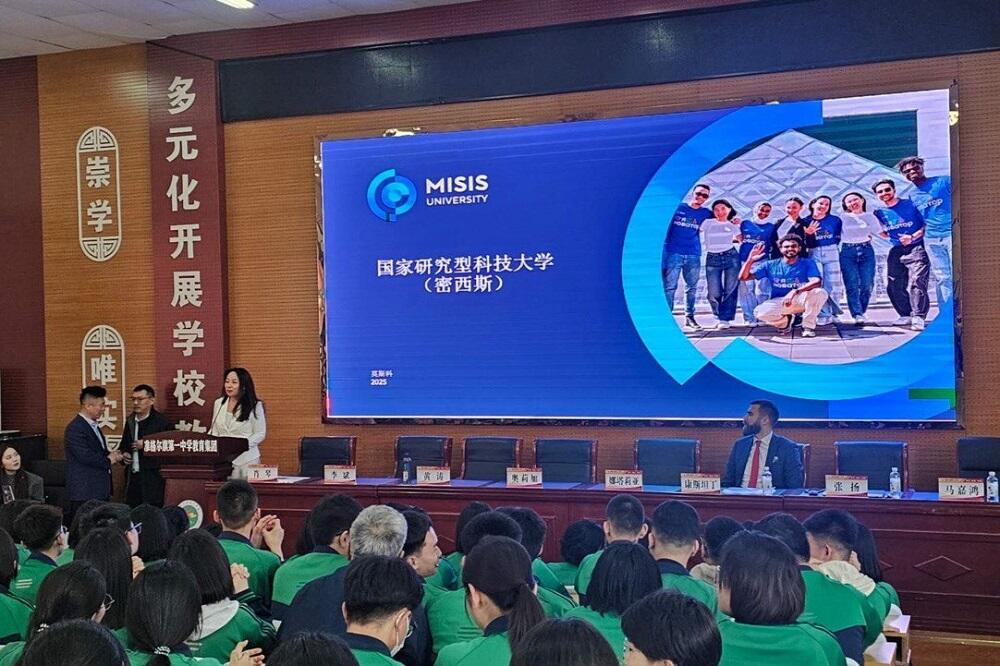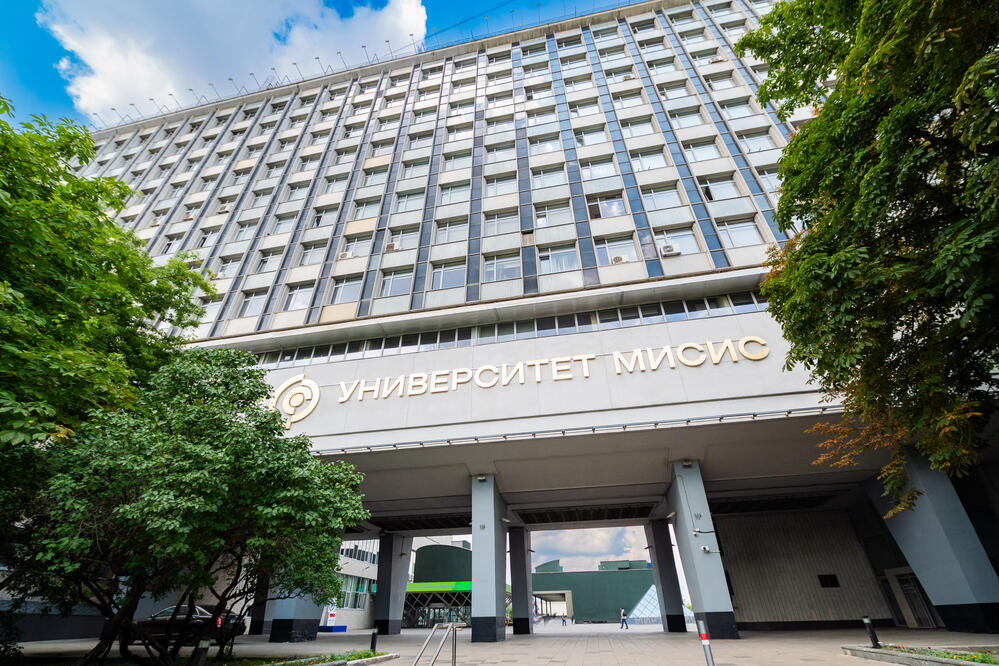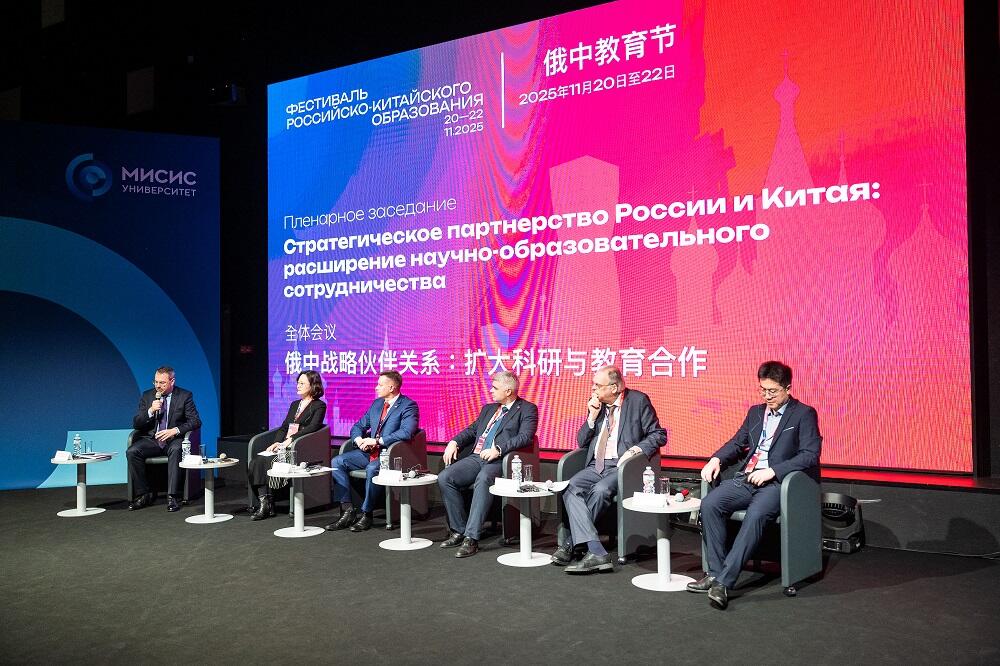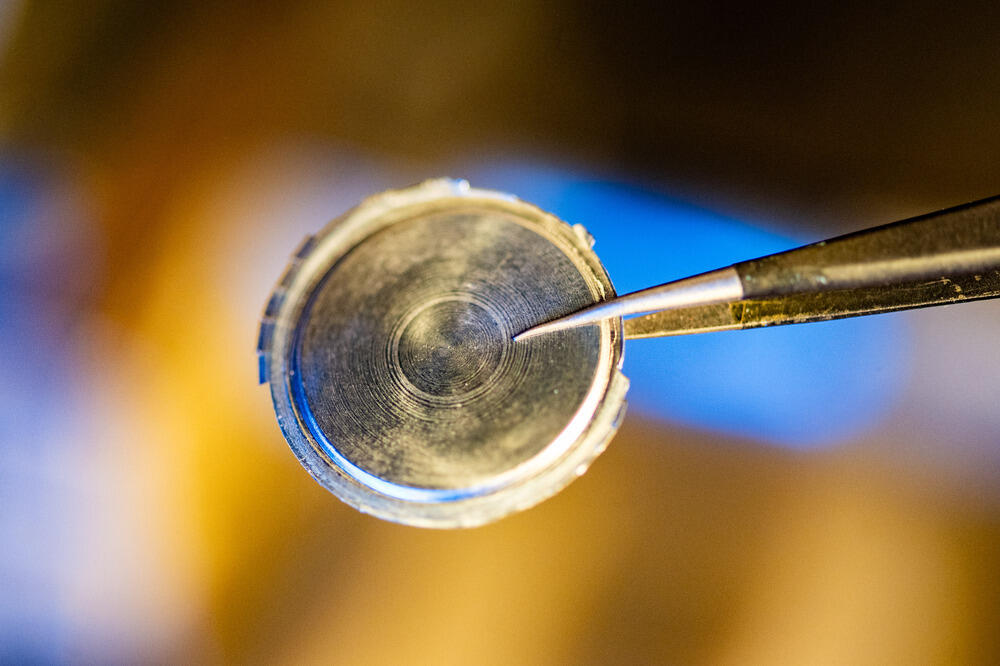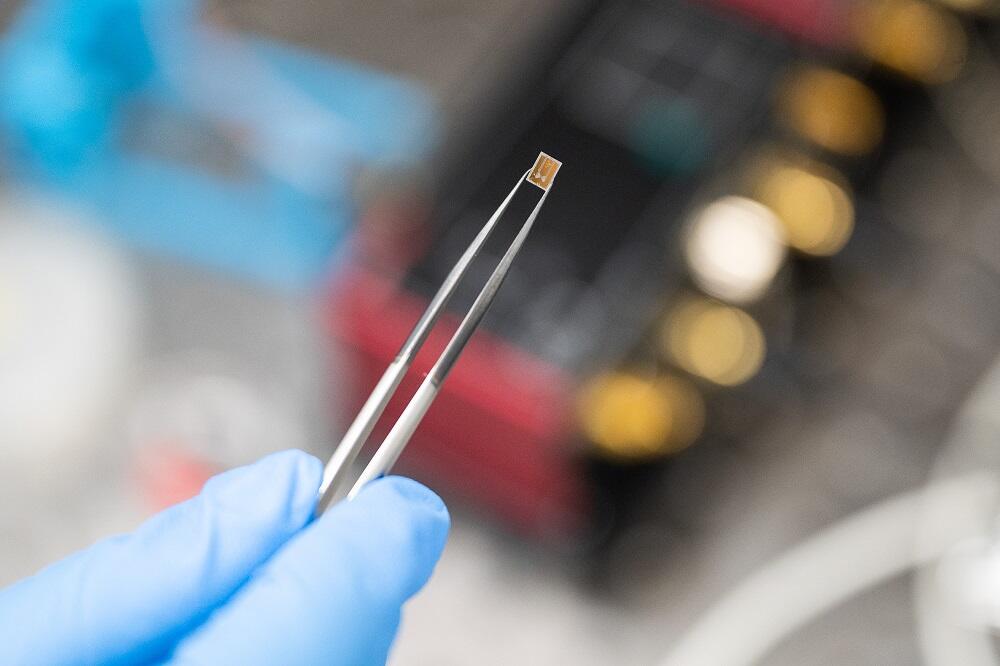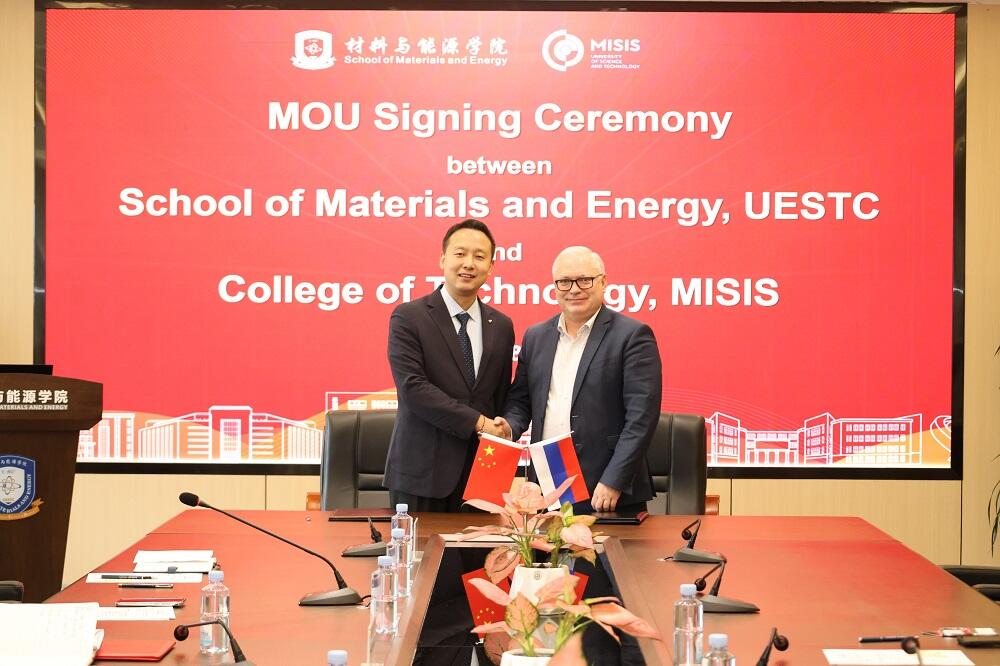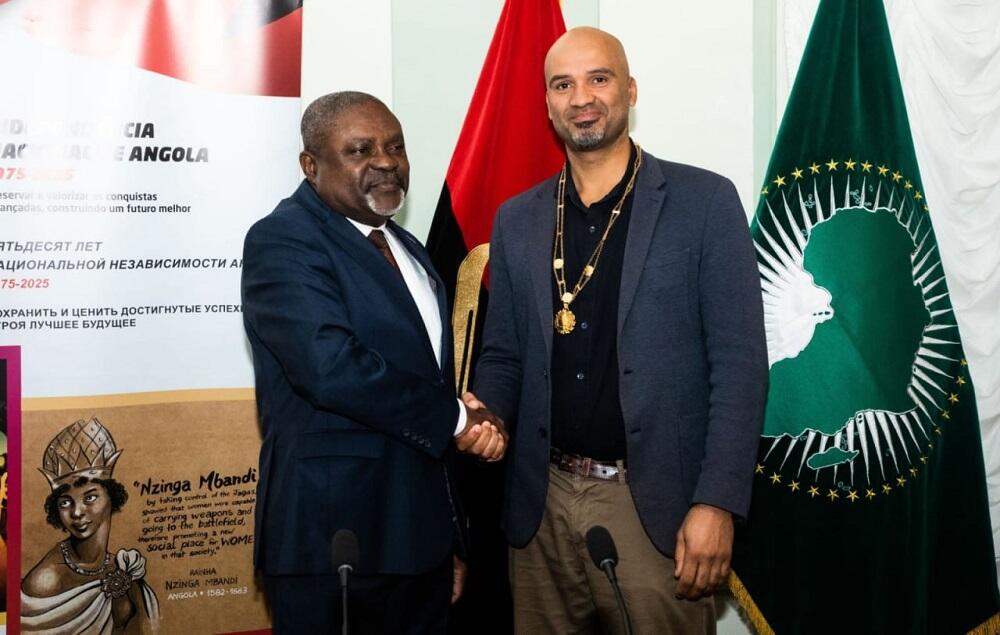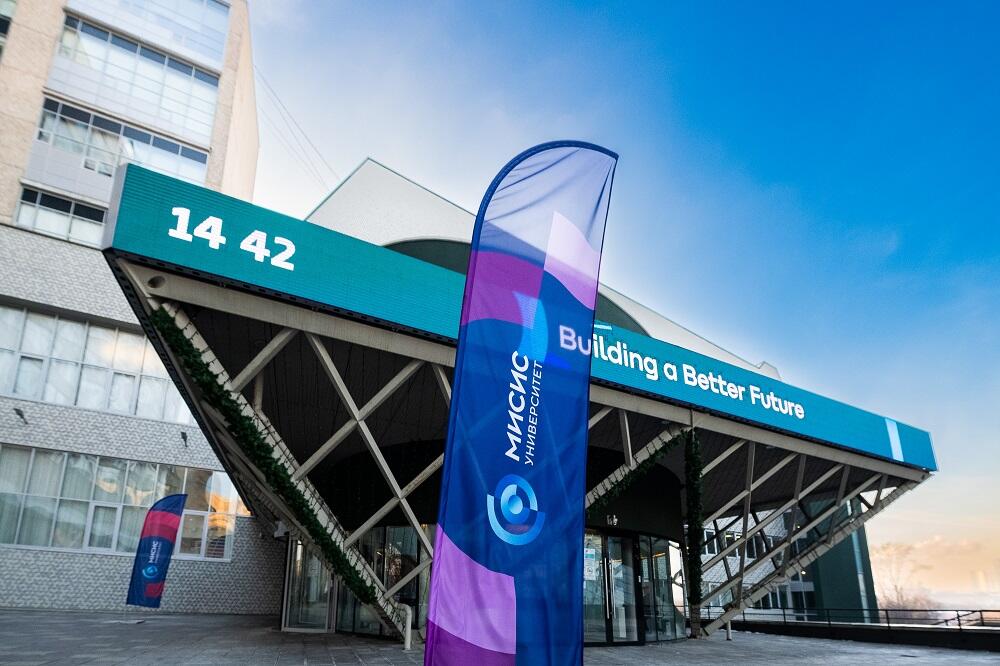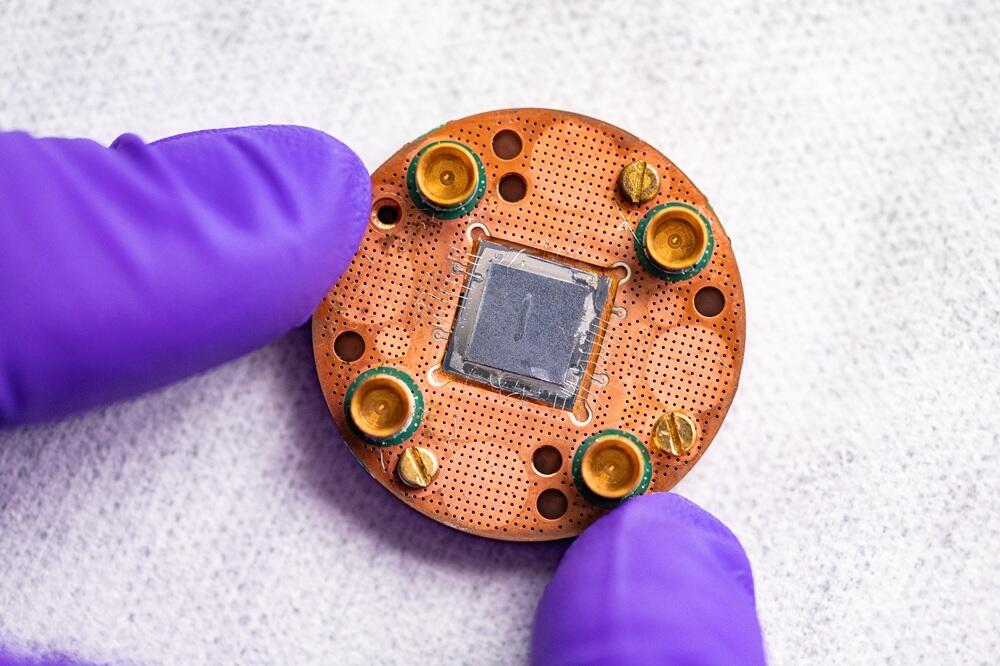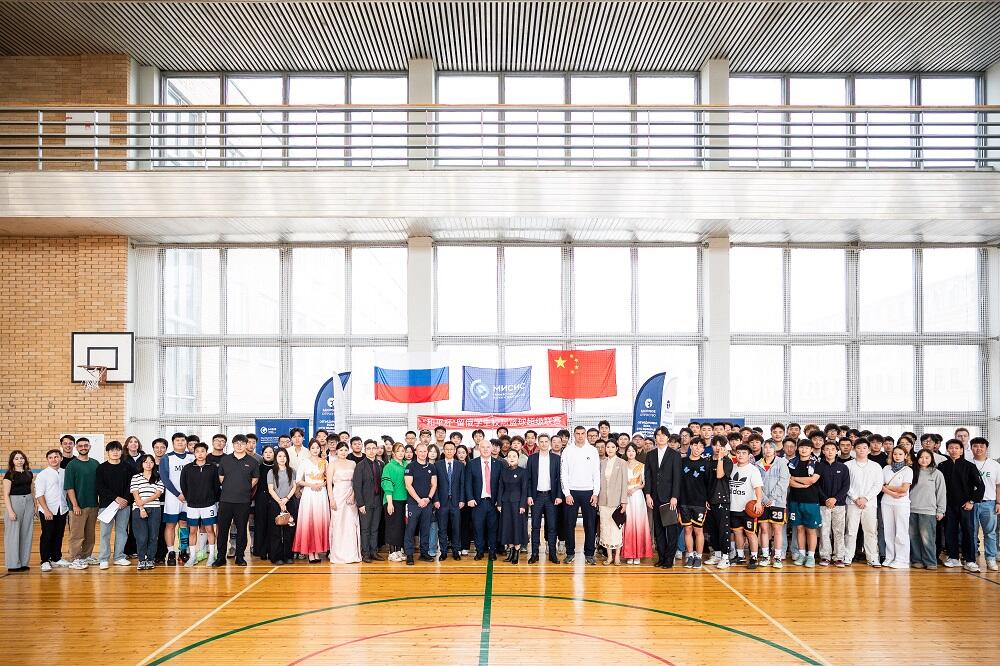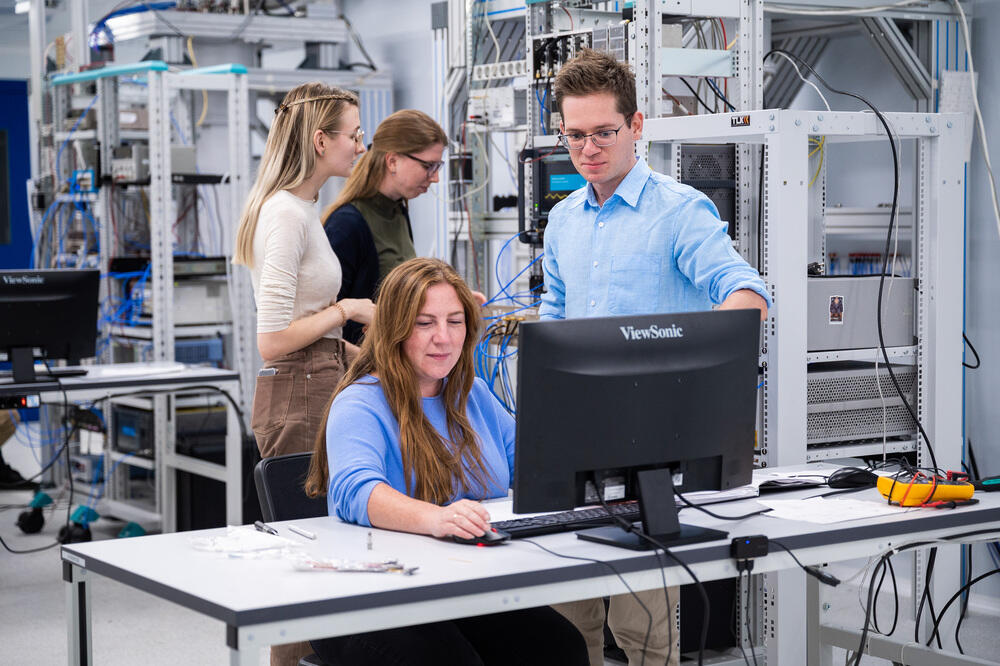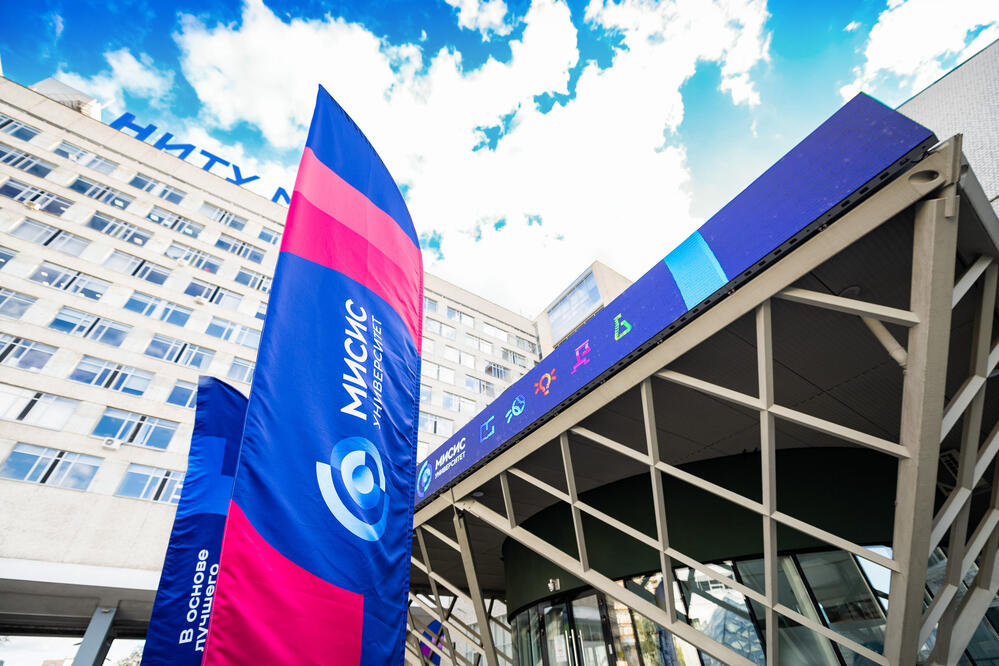NUST MISIS opens a preparatory center for future engineers from China
NUST MISIS Vice-Rector for Academic Affairs Andrey Voronin and Gao Xiukun, Director of Secondary School No. 1 of the Ordos Urban District (PRC), have signed an agreement to establish a preparatory center in the Inner Mongolia Autonomous Region. The event marks a new chapter in training highly qualified professionals for one of China’s key industrial regions and strengthens academic cooperation between the two countries.
